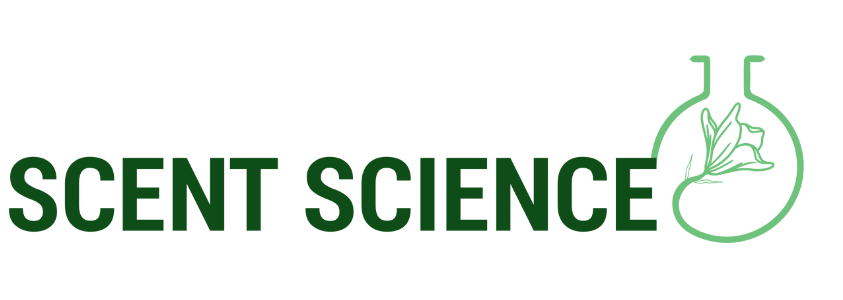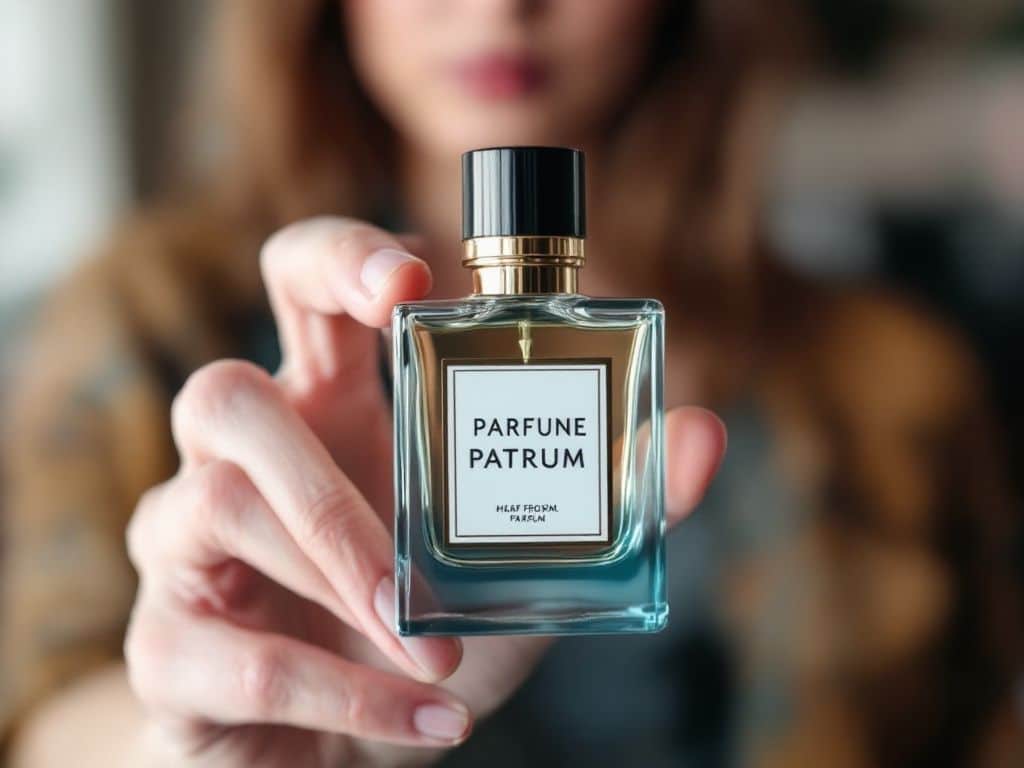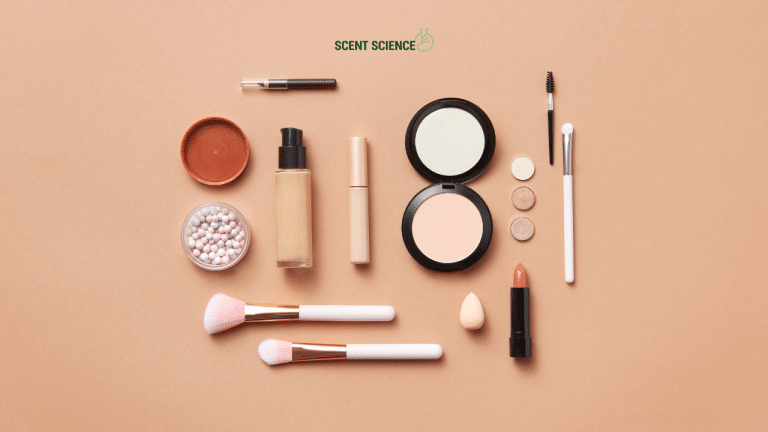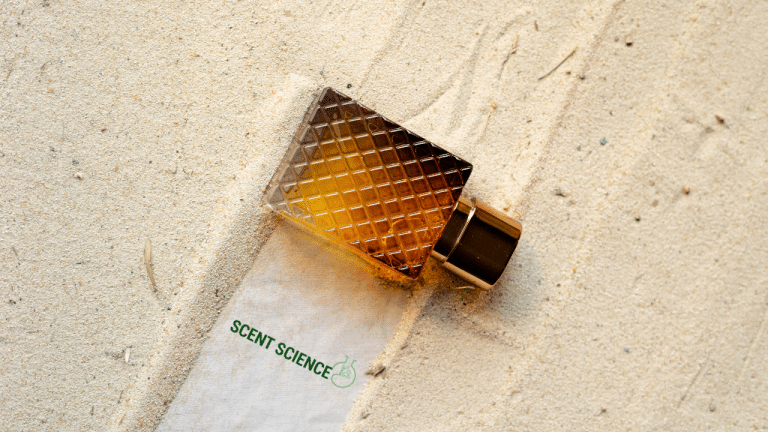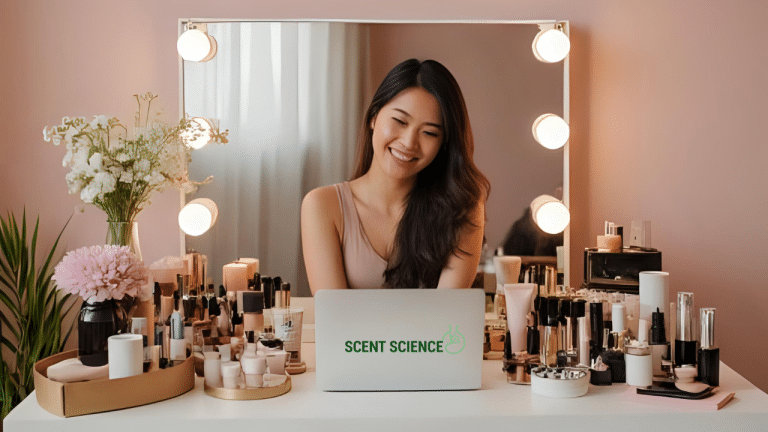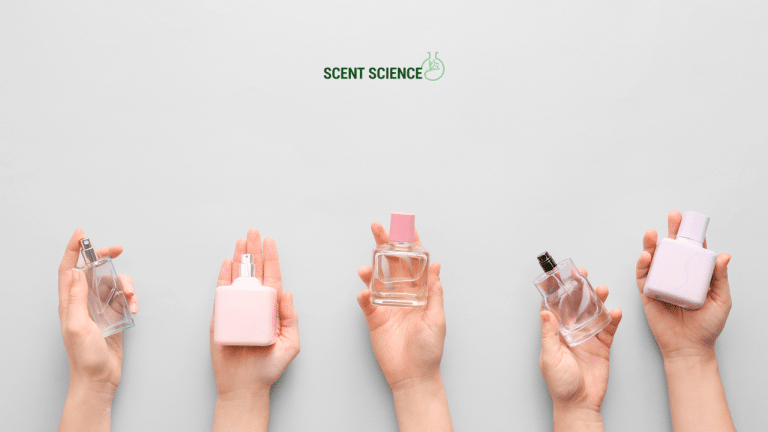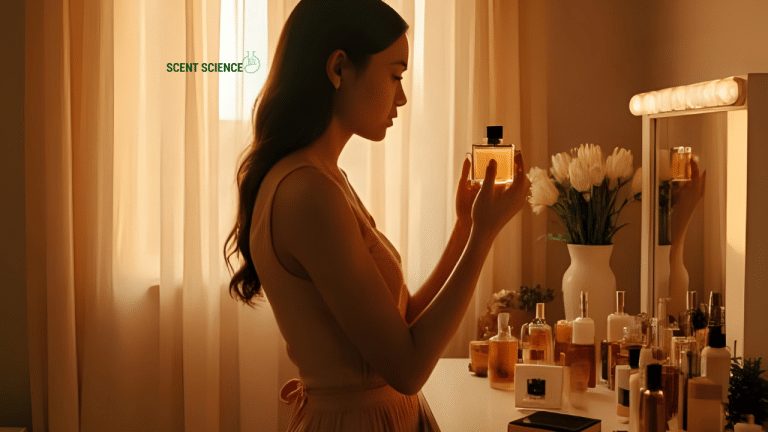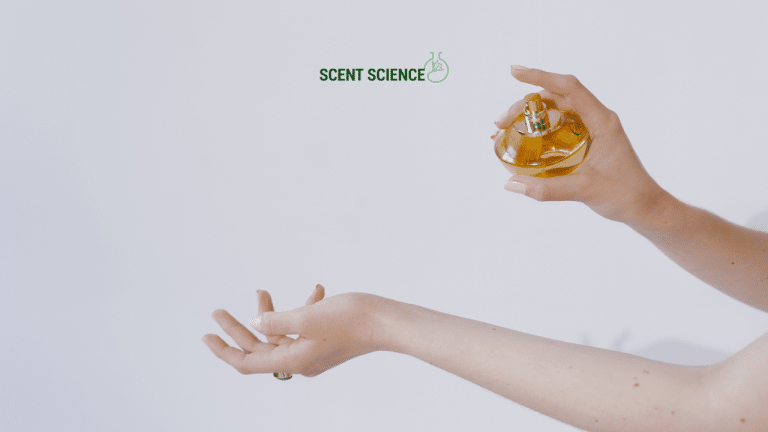The digital world, a relentlessly evolving landscape, constantly brings forth emerging trends that ripple across social media platforms. Among these, “perfume looks” have captivated the attention of influencers, fashionistas, and beauty enthusiasts alike, finding their niche on TikTok, Instagram, and beyond. As an expert content creator with a pulse on all things trendy, I’m here to unravel this phenomenon for you. From Instagram posts meticulously detailing aromatic compositions to TikTok videos overflowing with perfume application hacks, “perfume trends” are ushering in a unique olfactory era 🌸.
Understanding this trend’s roots highlights more than mere social media traction; it delves into how scent plays a pivotal role in shaping aesthetic expressions. Let’s explore the compelling universe of “perfume looks,” its integration into daily routines, the influence of viral scents, and upcoming releases in the market.
Table of Contents
ToggleThe Genesis of Perfume Trends on Social Media
The inclination towards olfactory aesthetics isn’t arbitrary. Research indicates scents are closely tied to emotional and psychological responses. According to a study conducted by The Olfactory Research Fund, scents can enhance mood, trigger feelings of nostalgia, and even influence shopping behavior. Consequently, social media has pivoted towards “perfume looks” not only as an accessory but as an integral part of personal branding and lifestyle representation.
One cannot overlook the role of influencers in propagating these trends. With platforms like Instagram and TikTok allowing users to craft visually appealing narratives, scents now transcend beyond being just invisible accessories. They are being translated into vibrant, shareable moments that command engagement.
The Allure of Viral Scents: What’s Setting the Trend?
Certain scents have particularly made waves, catching consumer attention and setting benchmarks in the industry.
Perfume Trend Data
A report by Fragrance Foundation in 2023 underscored the rising demand for niche fragrances characterized by distinct components. According to the study:

- 38% of consumers are inclined towards personalized fragrance experiences.
- 45% expressed interest after encountering scent-related content on social media.
Case Studies and Lessons
Consider the success story of **Maison Francis Kurkdjian’s Baccarat Rouge 540**, which swept across social feeds due to its unique profile. With its blend of saffron, cedarwood, and jasmine, it caters to a fine balance between luxury and subtle elegance, epitomizing the modern trend of opulent, yet sophisticated scents.
In contrast, Grammy Awards 2023 brought spotlights on **Nexa Aromatica**, which tailored a vegan line that transitioned seamlessly between wearable everyday scents and red-carpet-ready fragrances. These cases illustrate that “perfume looks” aren’t just characterized by luxury; they embody versatility and distinctive narratives that appeal to diverse audiences.
Technical Analysis: The Composition of Modern Perfumes
To understand the resurgence of perfume trends, we must dive into the composition and craftsmanship underlying these fragrances:
Natural Versus Synthetic Components
Modern perfumery balances between the use of natural and synthetic components. Natural ingredients offer authenticity and depth, whereas synthetics provide stability and lasting power. Given current environmental concerns, many brands now invest in ethically sourced ingredients, appealing to environmentally conscious consumers.
- Standards & Best Practices: IFRA (International Fragrance Association) sets global fragrance standards regulating the safe usage of natural and synthetic components.
Market Shift Towards Niche Fragrances

Increased consumer awareness has led to a shift from mass-marketed scents to niche perfumes offering bespoke experiences. Brands like **Le Labo and Byredo** have gained acclaim for their tailored compositions, allowing users to express individuality through scent.
Upcoming Releases: What’s on the Horizon?
Anticipation plays a huge role in perfumery. As consumers increasingly seek to envelop themselves in sensory experiences, brands are queueing to launch mesmerizing concoctions.
Notifications for Upcoming Scents
According to industry experts, 2024 will bring forth intriguing releases that blend old-world charm with modern-day nuances. Noteworthy releases include:
- Guerlain’s Aqua Allegoria Florea, set to debut with tropical fruit notes subtly influenced by artisanal perfumery techniques.
- Byredo’s Unnamed II, revisiting their enigmatic, label-less fragrance concept, allowing for an intimate personalization of scent interactions.
👩🔬For perfumers, staying ahead involves understanding digital-first consumers who are influenced by pervasive online narratives. This adaptability seizes their loyalty, continually feeding the “newness” impulse.
Real World Applications: Embracing Perfume Trends
To fully leverage the traction generated by “perfume looks,” brands and consumers must utilize social channels for increased engagement.
For the Brand Alchemist

Brands built on the pillar of consumer engagement must adopt experiential marketing. Virtual perfume consultations and AI-driven scent personalization are trending strategies to captivate digital audiences.
- Best Practices: Hosting live scent discovery sessions on IGTV or crafting behind-the-scenes TikTok montages offers immersive narrative reminiscent of television storytelling but skewed for the digital age.
For the Enthusiast or Prospective Buyer
Choosing a scent involves the ritual of understanding one’s preferences and experiencing scents digitally before making the investment. VR technology now enables virtual scent-testing, marrying the suggestive power of olfactory visuals with consumer convenience.
Industry Standards and Whitepapers: Governance and Integrity
Ensuring the integrity of products entering homes remains pivotal. The guidelines mandated by IFRA will continue shaping ethical, safe production. Meanwhile, FIDM’s whitepaper on “Olfactory Design” outlines the future trajectory, advocating for sustained focus on literate, transparent ingredient listings, enabling consumers to make informed choices.
Conclusion: The Fragrant Future
“Perfume looks” have transcended the mere function of scent. They envelop the wearer in narrative, emotion, and sensorial storytelling, serving as necessary accents for outward expression. As these trends grow digitally, they will evolve further, intertwining with other commercial and experiential aspects of life.
Whether you’re a brand learning to navigate the digital sensory realm or an enthusiast seeking the next groundbreaking aromatic concoction, staying abreast with “perfume trends” offers a fragrant promise of what’s to come. Dive into the bloom of “perfume looks” 🌺, discover signature styles, and continue cultivating rich, enduring olfactory tales.
The viral scents and avant-garde application of perfumes on social media forecast a future brimming with innovative advances, enveloping our lives in ethereal, fragrant experiences. Using this report, prepare to dazzle as you navigate this aromatic landscape!
Frequently Asked Questions
What are the benefits of using a hair mask in my hair care routine?
Using a hair mask can provide several benefits, including hydration, smoothing, strengthening, curl definition, heat protection, and damage repair. Hair masks infuse the hair with moisture, help coat the hair shaft to seal split ends, reduce breakage, and protect the hair from heat styling and environmental damage[1][4].
What ingredients should I look for in a hair mask?
Effective hair masks often include ingredients such as coconut oil, argan oil, shea butter, honey, avocado oil, green tea, and coconut water. These ingredients provide nourishment, moisturize, and protect the hair, offering benefits like softening, moisturizing, and protecting against damage[2][5].
How often should I use a hair mask in my routine?
You should use a hair mask whenever your hair feels dry, unmanageable, or in need of intense hydration. This can vary depending on your hair type and needs, but generally, using a hair mask once or twice a week can help maintain healthy and moisturized hair[1][4].
How do I apply a hair mask for the best results?
To apply a hair mask effectively, shampoo your hair first, then apply the mask, focusing especially on the ends where hair tends to be the most damaged. Leave the mask on for anywhere from 10 minutes to overnight, depending on the type of mask and your hair’s needs[1][4].
References